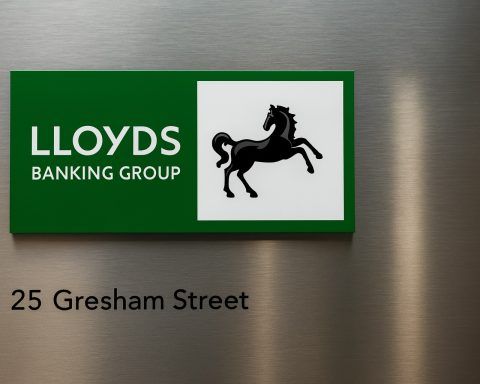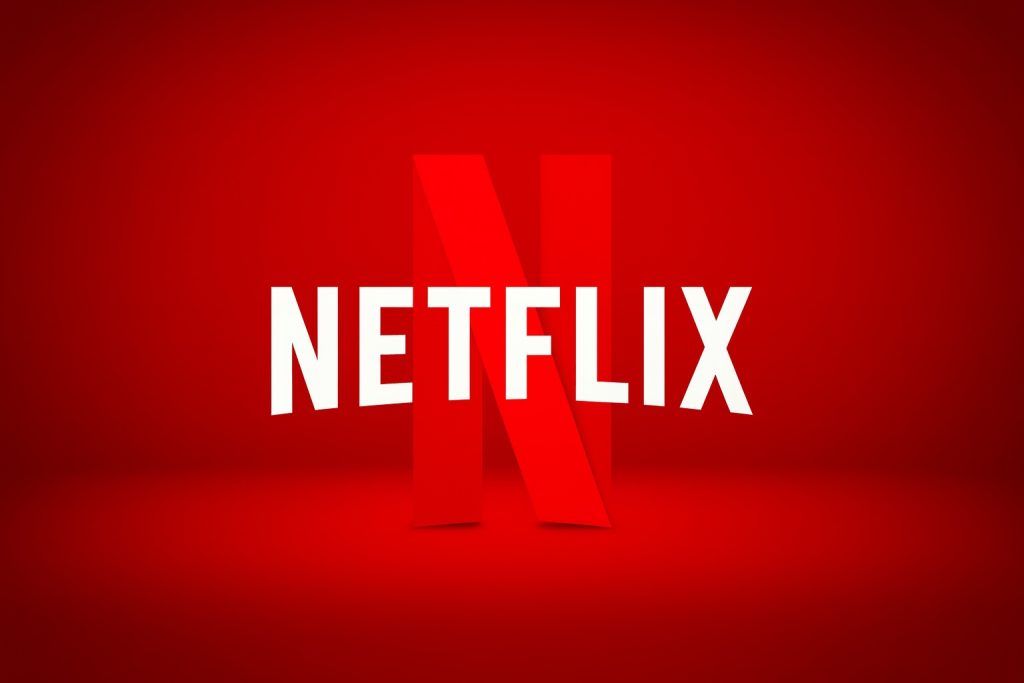Summary: DroneShield shares bounced on Monday after last week’s rout, closing up 11.6% at A$2.60 on heavy volume. The move unfolded alongside fresh coverage of governance concerns and a notable rebuke from the company’s own house broker later in the day. [1]
DroneShield share price today (ASX: DRO)
- Close:A$2.60 (+11.59%)
- Trading range:A$2.32 – A$2.60
- Open:A$2.36
- Volume:~31.7 million shares
(All figures are for Monday, 17 Nov 2025.) [2]
For international holders, DroneShield’s US OTC listing DRSHF most recently traded around US$1.76 in Monday data. [3]
What moved the stock
A sharp relief rally after last week’s plunge
The bounce follows a brutal sell‑off on 13 Nov after large director selldowns, which saw the share price sink to A$2.25 intraday and wipe hundreds of millions from the market cap. [4]
Morning: “on the rise” coverage
Before lunch, ABC’s The Business highlighted DroneShield among stocks rebounding, noting the company’s rally despite broader market jitters. [5]
Mid‑day to evening: governance and broker backlash stay in focus
- Governance debate: ABC ran a segment featuring experts calling for a cooling‑off window to prevent directors selling immediately after market‑moving ASX announcements, a topic aired in direct response to DroneShield’s recent events. [6]
- House broker turns cold: After the close, the Australian Financial Review reported that DroneShield’s house broker has turned on the stock, labelling it “dead money” following the CEO’s major sale—an unusually harsh stance from a company-aligned broker. [7]
- Big holders feeling the blast radius: AFR’s Rear Window column also explored how high‑profile investors have been caught in the fallout from the share slump. [8]
- Fund managers’ frustration: Independent coverage captured the market’s mood, with fund managers describing the selldown as a breaking point for confidence. [9]
The backdrop: why sentiment snapped last week
- Large director selldowns disclosed
ASX filings show CEO Oleg Vornik sold 14.8 million shares at about A$3.34 (≈ A$49.5m). Chairman Peter James sold ~3.69 million shares across two trades for a combined ≈A$12.35m, and director Jethro Marks sold 1.46 million shares for ≈A$4.89m—all on 12 Nov. [10]
Independent reporting the next day described the resulting 31% price plunge to around A$2.25, underscoring how the selldowns jarred investors. [11] - Withdrawn ASX announcement (10 Nov)
DroneShield withdrew an earlier notice touting A$7.6m in US handheld‑systems orders, clarifying the contracts were reissued, not new, and attributing the error to administration. The Board said it would put steps in place to prevent a repeat. [12]
Together, the mis‑flagged contracts and insider sales created a credibility overhang that continued to shape commentary today, even as the share price recovered. [13]
How today’s rebound fits the trend
- Price action: Monday’s close at A$2.60 leaves the stock still well below last week’s pre‑selloff levels above A$3.20–A$3.30, but shows buyers stepping back in after forced and panic selling. [14]
- Liquidity: Turnover of ~31.7m shares indicates active two‑way trade as investors re‑price near‑term risks and potential. [15]
What to watch next
- Broker research and target changes
The house broker’s “dead money” call is likely to echo across the market and may influence short‑term flows as institutions reassess positions and analysts revisit assumptions. [16] - Governance signals
With governance commentators urging rule tweaks on director trading windows after announcements, watch for any ASX guidance or company‑level updates on internal trading policies. [17] - Company disclosures and contract cadence
After the withdrawal of the 10 Nov contract announcement, investors will look for clean execution updates and fresh, clearly framed orders. [18] - Event calendar
Based on published calendars, DroneShield’s next scheduled reporting window is February 2026 (prelim/annual), barring any ad‑hoc updates. [19]
Key takeaways for today (17 Nov 2025)
- DRO closed at A$2.60, +11.6%, with A$2.32–A$2.60 range and ~31.7m volume. [20]
- Narrative remains fragile: governance critiques and the house‑broker’s “dead money” tag kept pressure on sentiment even as the price bounced. [21]
- Last week’s triggers: major insider sales and a withdrawn contract announcement continue to color risk perceptions. [22]
This article is provided for news and information purposes only and is not financial advice. Always consider your objectives and risk tolerance and consult a licensed adviser before making investment decisions.
References
1. www.marketwatch.com, 2. www.marketwatch.com, 3. finance.yahoo.com, 4. www.theaustralian.com.au, 5. www.abc.net.au, 6. www.abc.net.au, 7. www.afr.com, 8. www.afr.com, 9. www.capitalbrief.com, 10. www.marketindex.com.au, 11. www.theaustralian.com.au, 12. company-announcements.afr.com, 13. www.abc.net.au, 14. au.investing.com, 15. au.investing.com, 16. www.afr.com, 17. www.abc.net.au, 18. company-announcements.afr.com, 19. www.marketindex.com.au, 20. www.marketwatch.com, 21. www.abc.net.au, 22. www.marketindex.com.au



![Plug Power (PLUG) Today: Q3 Results Set the Stage for a $275M Liquidity Pivot, Data‑Center Push, and Fresh Analyst Calls [Nov 11, 2025] Plug Power (PLUG) Today: Q3 Results Set the Stage for a $275M Liquidity Pivot, Data‑Center Push, and Fresh Analyst Calls [Nov 11, 2025]](https://ts2.tech/wp-content/uploads/2025/11/Plug-Power-Inc.-PLUG-1-480x384.jpg)



